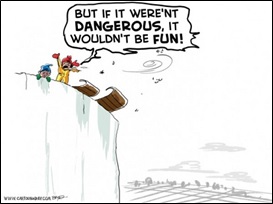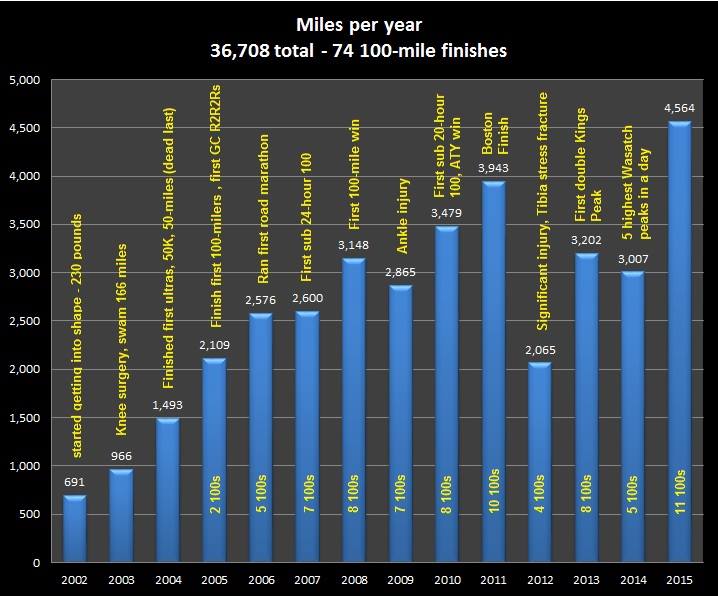
In running, a negative race split is when the second half of a race is faster than the first half. Runners generally strive for negative splits in road races — marathon or shorter. Most world records at these “shorter” distances have been achieved with negative splits. Galen Rupp set the American record in the indoor 5K of 13:01:26. His mile splits were 4:14, 4:12, and 4:04. Some coaches feel that negative splits should be achieved not only by elite runners, but also by the recreation runner.
Achieving a negative split doesn’t mean that at the halfway point you need to speed up, but at some point in the second half of the race you do speed up.
A Runner’s World article stated, “Anyone can and should run negative splits. Unfortunately, most runners don’t. Instead they start in a near sprint, hang on through the middle and resort to a survivor’s shuffle at the end.”
Should you try to achieve negative splits during a 100-miler? I’ve seen many do that survivor’s shuffle at the end and in a few races I’ve done it too. Certainly it is possible to do a negative split 100, but I have never come very close to achieving it in all my 89 100-mile finishes. I believe I could do it if I purposely held back significantly during the first 50, but I believe my overall time would end up much slower.












